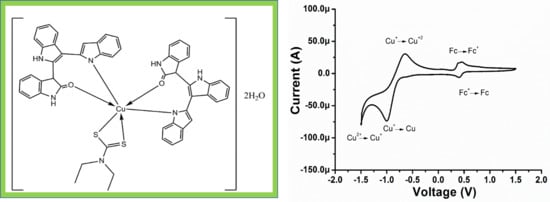Electrochemical Detection of Chloride Ions by Copper (II) Complex with Mixed Ligand of Oxindole Derivative and Dithiocarbamates Moiety
Abstract
:1. Introduction
2. Materials and Methods
2.1. Materials and Methods
2.2. Characterizations
2.3. Synthesis of Ligand
2.3.1. Synthesis of Organic Ligand (1H,1′H,1″H-[2,3′:2′,3″-terbenzo[b]pyrrol]-2″(3″H)-one) (L1)
2.3.2. Synthesis of Metal Complex
2.4. Detection of Chloride Ions
3. Results and Discussion
3.1. Spectroscopic Studies of Ligand (L1) Cu (II) Complex
3.1.1. Nuclear Magnetic Resonance Spectroscopy
3.1.2. Fourier Transforms Infrared Spectroscopy
3.1.3. Powder X-Ray Diffraction Analysis
3.2. Electronic Properties of Cu (II) Complex
3.3. Thermal Properties of the Cu (II) Complex
3.4. Scanning Electron Microscopic Analysis
3.5. Electrochemical Analysis of Cu (II) Complex
3.6. Electrochemical Chloride Ion Detection by the Cu (II) Complex
4. Conclusions
Author Contributions
Acknowledgments
Conflicts of Interest
References
- Wei, H.L.; Piou, T.; Dufour, J.; Neuville, L.; Zhu, J. Iodo-Carbocyclization of Electron-Deficient Alkenes: Synthesis of Oxindoles and Spirooxindoles. J. Org. Lett. 2011, 13, 2244–2247. [Google Scholar] [CrossRef]
- Wu, T.; Mu, X.; Liu, G. Palladium Catalyzed Oxidative Arylalkylation of Activated Alkenes: Dual C-H Bond Cleavage of an Arene and Acetonitrile. Angew. Chem. Int. Ed. 2011, 50, 12578–12581. [Google Scholar] [CrossRef]
- Qiu, K.; Chen, Y.; Rees, T.W.; Ji, L.; Chao, H. Organelle-targeting metal complexes: From molecular design to bio-applications. Coord. Chem. Rev. 2019, 378, 66–86. [Google Scholar] [CrossRef]
- Borge, V.V.; Patil, R.M. Syntheses and characterization of copper metal complexes prepared from chalcone derivatives. Microchem. J. 2019, 145, 456–459. [Google Scholar] [CrossRef]
- Zhou, F.; Liu, Y.L.; Zhou, J. Catalytic Asymmetric Synthesis of Oxindoles Bearing a Tetrasubstituted Stereocenter at the C-3 Position. J. Adv. Synth. Catal. 2010, 352, 1381–1407. [Google Scholar] [CrossRef]
- Huters, A.D.; Styduhar, E.D.; Garg, N.K. Total syntheses of the elusive welwitindolinones with bicyclo[4.3.1] cores. Angew. Chem. Int. Ed. 2012, 51, 3758–3765. [Google Scholar] [CrossRef]
- Ball-Jones, N.R.; Badillo, J.J.; Franz, A.K. Strategies for the enantioselective synthesis of spirooxindoles. Org. Biomol. Chem. 2012, 10, 5165–5181. [Google Scholar] [CrossRef]
- Dalpozzo, R.; Bartoli, G.; Bencivenni, G. Recent advances in organocatalytic methods for the synthesis of disubstituted 2- and 3-indolinones. Chem. Soc. Rev. 2012, 41, 7247–7290. [Google Scholar] [CrossRef]
- Klein, J.E.; Taylor, M.N.; Eur, R.J.K. Transition Metal Mediated Routes to 3,3 Disubstituted Oxindoles through Anilide Cyclisation. J. Org. Chem. 2011, 2011, 6821–6841. [Google Scholar] [CrossRef]
- Jia, Y.X.; Kundig, E.P. Oxindole synthesis by direct coupling of C(sp2)-H and C(sp3)-H centers. Angew. Chem. Int. Ed. 2009, 48, 1636–1639. [Google Scholar] [CrossRef]
- Perry, A.; Taylor, R.J.K. Oxindole synthesis by direct C–H, Ar–H coupling. Chem. Commun. 2009, 45, 3249–3251. [Google Scholar] [CrossRef]
- Pugh, D.S.; Klein, J.E.M.N.; Perry, A.; Taylor, R.J.K. Preparation of 3-Alkyl-Oxindoles by Copper(II)-Mediated C-H, Ar-H Coupling Followed by Decarboxyalkylation. Synlett 2010, 934–938. [Google Scholar] [CrossRef]
- Klein, J.E.M.N.; Perry, A.; Pugh, D.S.; Taylor, R.J.K. First C−H Activation Route to Oxindoles using Copper Catalysis. Org. Lett. 2010, 12, 3446–3449. [Google Scholar] [CrossRef] [PubMed]
- Ueda, S.; Okada, T.; Nagasawa, H. Oxindole synthesis by palladium-catalysed aromatic C–H alkenylation. Chem. Commun. 2010, 46, 2462–2464. [Google Scholar] [CrossRef]
- Schiffner, J.A.; Oestreich, M. All-Carbon-Substituted Quaternary Carbon Atoms in Oxindoles by an Aerobic Palladium(II)-Catalyzed Ring Closure onto Tri- and Tetrasubstituted Double Bonds. Eur. J. Org. Chem. 2011, 2011, 1148. [Google Scholar] [CrossRef]
- Jaegli, S.; Dufour, J.; Wei, H.I.; Piou, T.; Duan, X.H.; Vors, J.P.; Neuville, L. Palladium-Catalyzed Carbo-Heterofunctionalization of Alkenes for the Synthesis of Oxindoles and Spirooxindoles. J. Org. Lett. 2010, 12, 4498–4501. [Google Scholar] [CrossRef]
- Chauke, V.P.; Antunes, E.; Nyokong, T. Comparative behavior of conjugates of tantalum phthalocyanines with gold nanoparticles or single walled carbon nanotubes towards bisphenol A electrocatalysis. J. Electroanal. Chem. 2011, 661, 1–7. [Google Scholar] [CrossRef]
- Hazra, S.; Majumder, S.; Fleck, M.; Aliaga-Alcalde, N.; Mohanta, S. Synthesis, molecular and supramolecular structures, electrochemistry and magnetic properties of two macrocyclic dicopper(II) complexes: Microporous supramolecular assembly. Polyhedron 2009, 28, 3707–3714. [Google Scholar] [CrossRef]
- Premkumar, J.; Ramaraj, R. Photocatalytic reduction of dioxygen by colloidal semiconductors and macrocyclic cobalt(III) complexes in Nafion and cellulose matrices. J. Mol. Catal. A Chem. 1998, 132, 21–32. [Google Scholar] [CrossRef]
- Anbu, S.; Kandaswamy, M.; Suthakaran, P.; Murugan, V.; Varghese, B. Structural, magnetic, electrochemical, catalytic, DNA binding and cleavage studies of new macrocyclic binuclear copper(II) complexes. J. Inorg. Biochem. 2009, 103, 401–410. [Google Scholar] [CrossRef]
- Singh, A.K.; Saxena, P.; Panwar, A. Manganese(II)-selective PVC membrane electrode based on a pentaazamacrocyclic manganese complex. Sens. Actuators B Chem. 2005, 110, 377–381. [Google Scholar] [CrossRef]
- Sil, A.; Ijeri, V.S.; Srivastava, A.K. Coated-Wire Silver Ion-Selective Electrode Based on Silver Complex of Cyclam. Anal. Sci. 2001, 17, 477–479. [Google Scholar] [CrossRef]
- Kumar, P.; Shim, Y.B. A novel Mg(II)-selective sensor based on 5,10,15,20-tetrakis(2-furyl)-21,23-dithiaporphyrin as an electroactive material. J. Electroanal. Chem. 2011, 661, 25–30. [Google Scholar] [CrossRef]
- Elmosallamy, M.A.F.; Fathy, A.M.; Ghoneim, A.K. Lead(II) Potentiometric Sensor Based on 1,4,8,11Tetrathiacyclotetradecane Neutral Carrier and Lipophilic Additives. Electroanalysis 2008, 20, 1241–1245. [Google Scholar] [CrossRef]
- Li, X.C.; Wang, C.Y.; Wan, Y.; Lai, W.Y.; Zhao, L.; Yin, M.F.; Huang, W. A T-shaped triazatruxene probe for the naked-eye detection of HCl gas with high sensitivity and selectivity. Chem. Commun. 2016, 52, 2748–2751. [Google Scholar] [CrossRef] [PubMed]
- Ramadan, S.; Hambley, T.W.; Kennedy, B.J.; Lay, P.A. NMR Spectroscopic Characterization of Copper(II) and Zinc(II) Complexes of Indomethacin. Inorg. Chem. 2004, 43, 2943. [Google Scholar] [CrossRef]
- Shahzadi, S.; Ali, S.; Fettouhi, M. Synthesis, Spectroscopy, In Vitro Biological Activity and X-ray Structure of (4-Methylpiperidine-dithiocarbamato-S,S′)triphenyltin(IV). J. Chem. Crystallogr. 2008, 38, 273. [Google Scholar] [CrossRef]
- Gudasi, K.B.; Patil, S.A.; Kulkarni, M.V.; Nethaji, M. Transition metal complexes of a potential anticancer quinazoline ligand. Trans. Met. Chem. 2009, 34, 325. [Google Scholar] [CrossRef]
- Fuentes-Martinez, J.P.; Toledo-Martinez, I.; Roman-Bravo, P.; Garcia, P.G.; Godoy-Alcantar, C.; Lopez-Cardoso, M.; Morales-Rojas, H. Diorganotin(IV) dithiocarbamate complexes as chromogenic sensors of anion binding. Polyhedron 2009, 28, 3953–3966. [Google Scholar] [CrossRef]
- Tiekink, E.R.T. Tin dithiocarbamates: Applications and structures. Appl. Organomet. Chem. 2008, 22, 533–550. [Google Scholar] [CrossRef]
- Mohamed, G.G. Synthesis, characterization and biological activity of bis(phenylimine) Schiff base ligands and their metal complexes. Spectrochim. Acta A 2006, 64, 188–195. [Google Scholar] [CrossRef]
- Gup, R.; Giziroglu, E. Metal complexes and solvent extraction properties of isonitrosoacetophenone 2-aminobenzoylhydrazone. Spectrochim. Acta A 2006, 65, 719–726. [Google Scholar] [CrossRef]
- Gatto, C.C.; Lang, E.S.; Burrow, R.A.; Abram, U. Syntheses and Structures of 2-Acetylpyridine-(2-amino-benzoylhydrazone) and its Dioxouranium(VI) Complex. J. Braz. Chem. Soc. 2006, 17, 1612–1616. [Google Scholar] [CrossRef]
- Wong, W.W.H.; Curiel, D.; Lai, S.W.; Drew, M.G.B.; Beer, P.D. Ditopic redox-active polyferrocenyl zinc(II) dithiocarbamate macrocyclic receptors: Synthesis, coordination and electrochemical recognition properties. Dalton Trans. 2005, 774–781. [Google Scholar] [CrossRef] [PubMed]
- Golcu, A.; Tumer, M.; Demirelli, H.; Wheatley, R.A. Cd(II) and Cu(II) complexes of polydentate Schiff base ligands: Synthesis, characterization, properties and biological activity. Inorg. Chim. Acta 2005, 358, 1785–1797. [Google Scholar] [CrossRef]
- John, R.P.; Sreekanth, A.; Rajakannan, V.; Ajith, T.A.; Kurup, M.R.P. New copper(II) complexes of 2-hydroxyacetophenone N(4)-substituted thiosemicarbazones and polypyridyl co-ligands: Structural, electrochemical and antimicrobial studies. Polyhedron 2004, 23, 2549–2559. [Google Scholar] [CrossRef]
- Shamsipur, M.; Roushani, M.; Pourmortazavi, S.M.; Shahabadi, N. Amperometric determination of sulfide ion by glassy carbon electrode modified with multiwall carbon nanotubes and copper (II) phenanthroline complex. Cent. Eur. J. Chem. 2014, 12, 1091–1099. [Google Scholar] [CrossRef]
- Ramar, V.; Balaya, P. Enhancing the electrochemical kinetics of high voltage olivine LiMnPO4 by isovalent co-doping. Phys. Chem. Chem. Phys. 2013, 15, 17240–17249. [Google Scholar] [CrossRef] [PubMed]
- Li, L.; Tang, X.; Liu, H.; Qu, Y.; Lu, Z. Morphological solution for enhancement of electrochemical kinetic performance of LiFePO4. Electrochim. Acta 2010, 56, 995–999. [Google Scholar] [CrossRef]
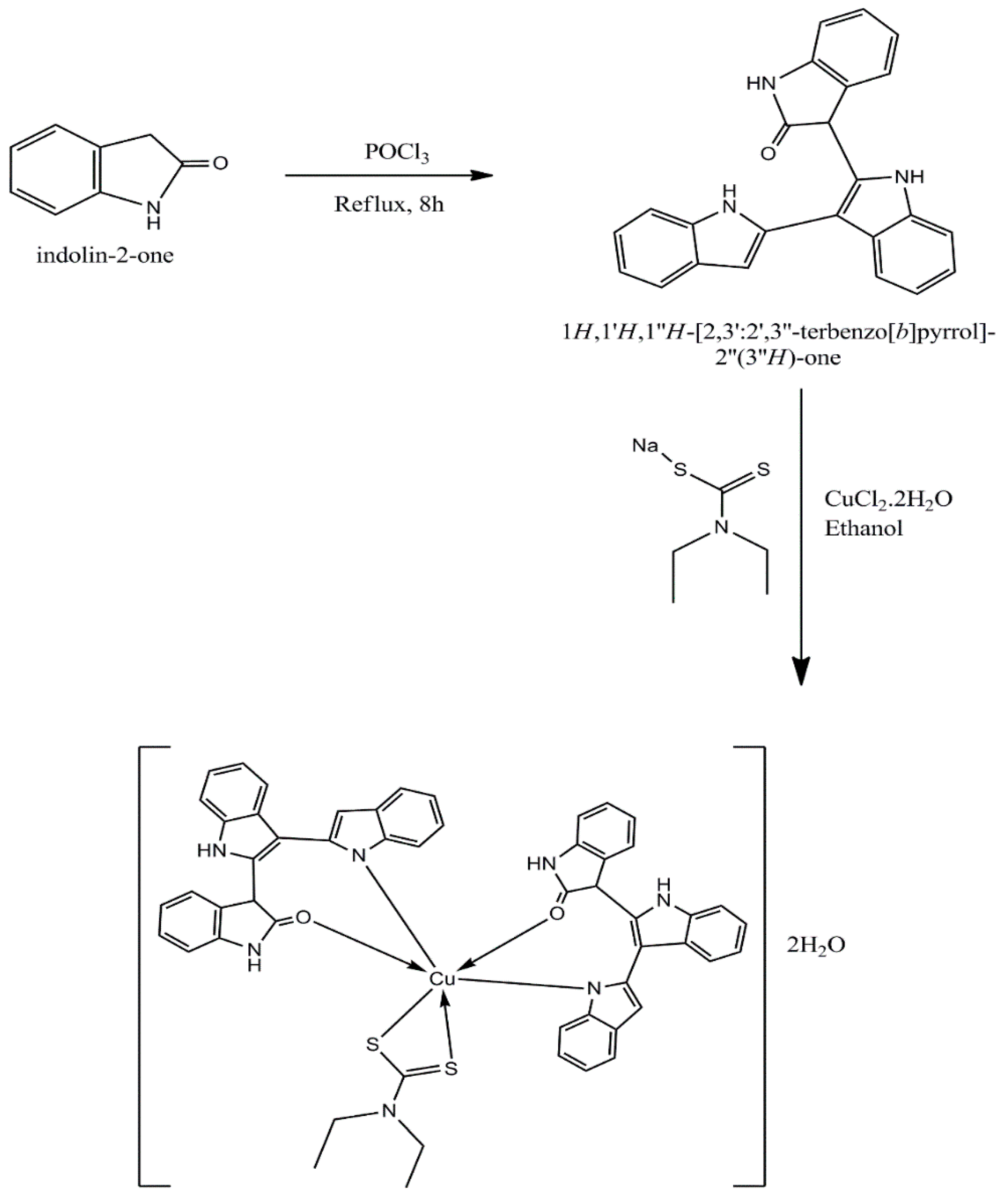

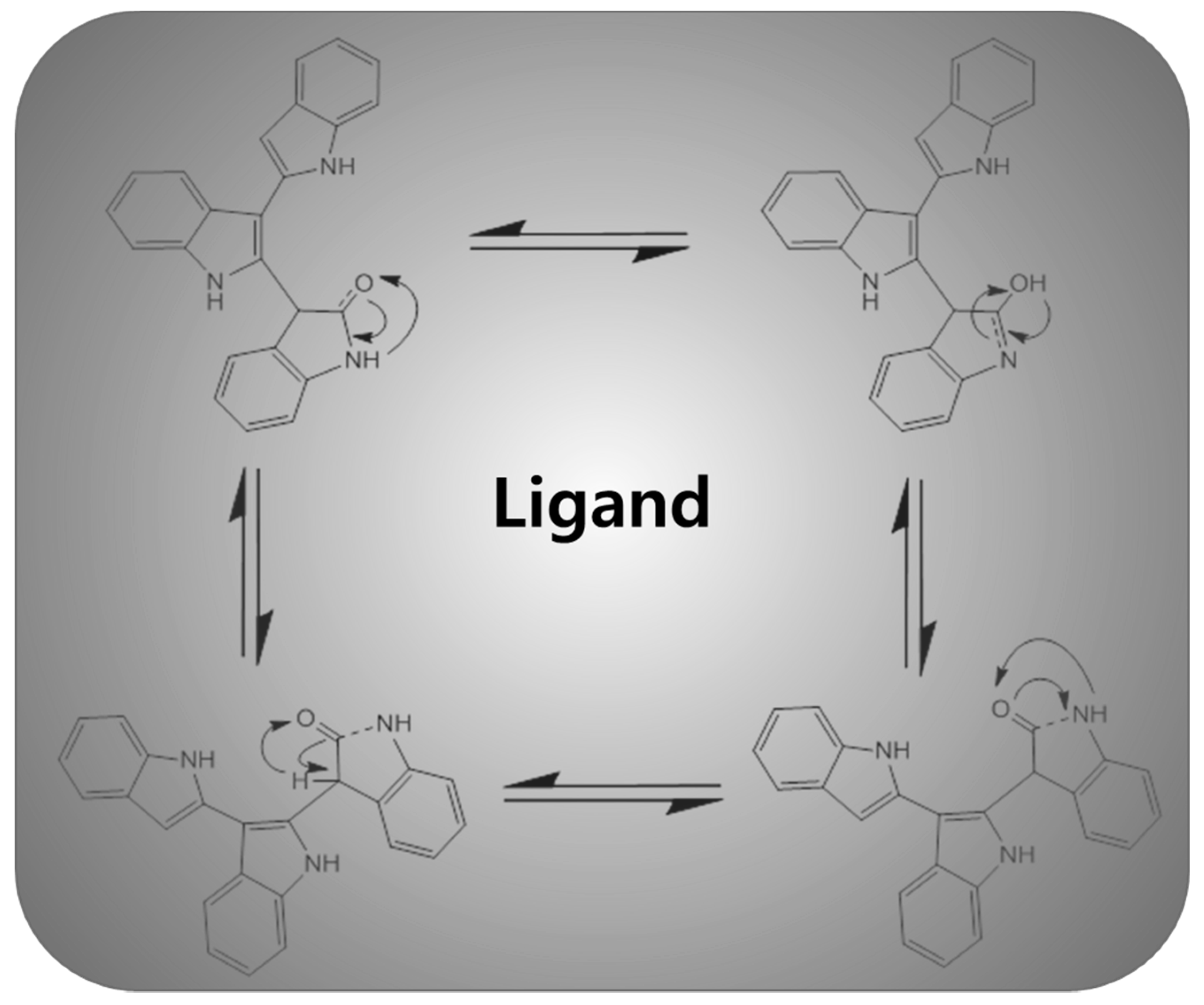

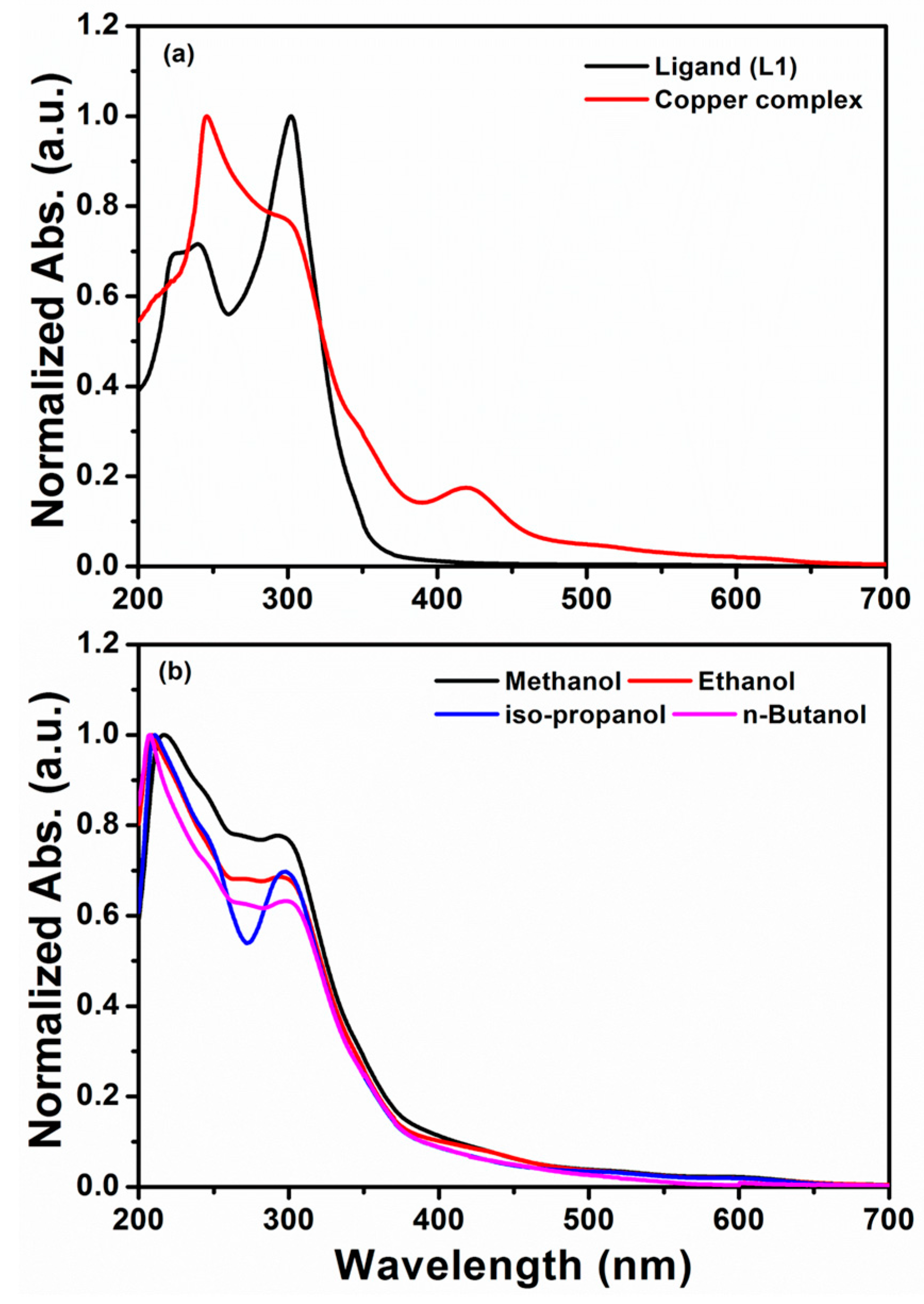
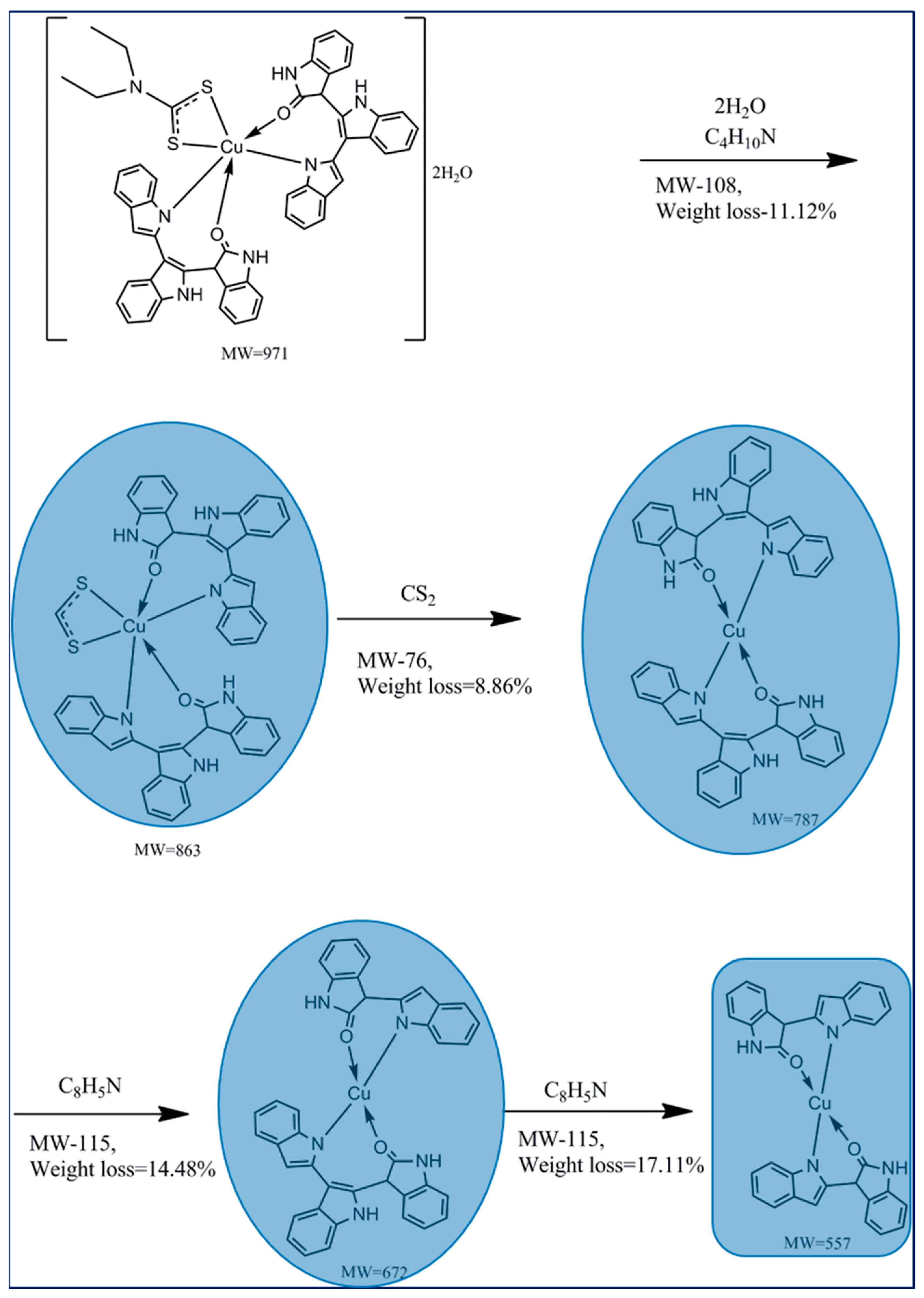
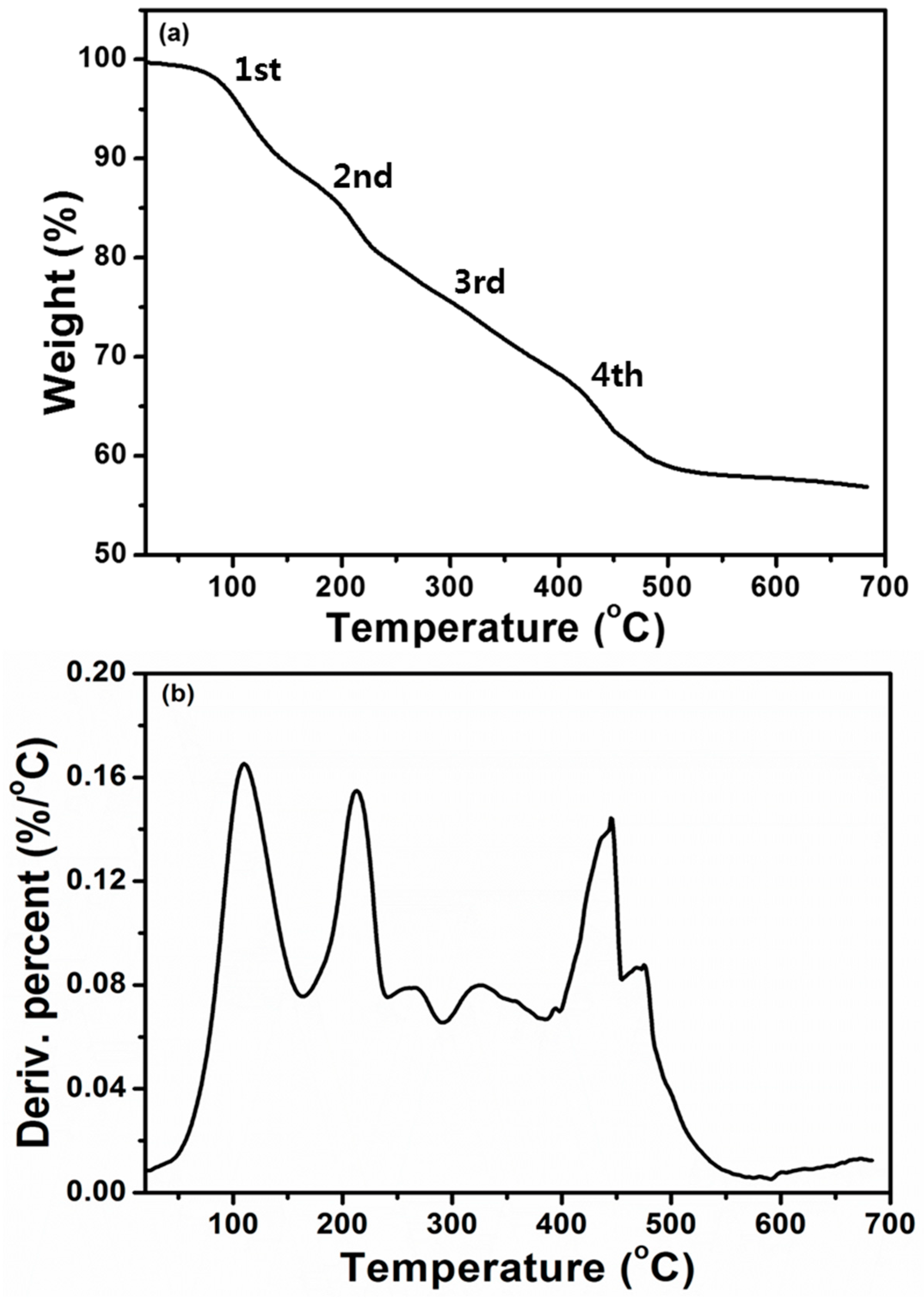
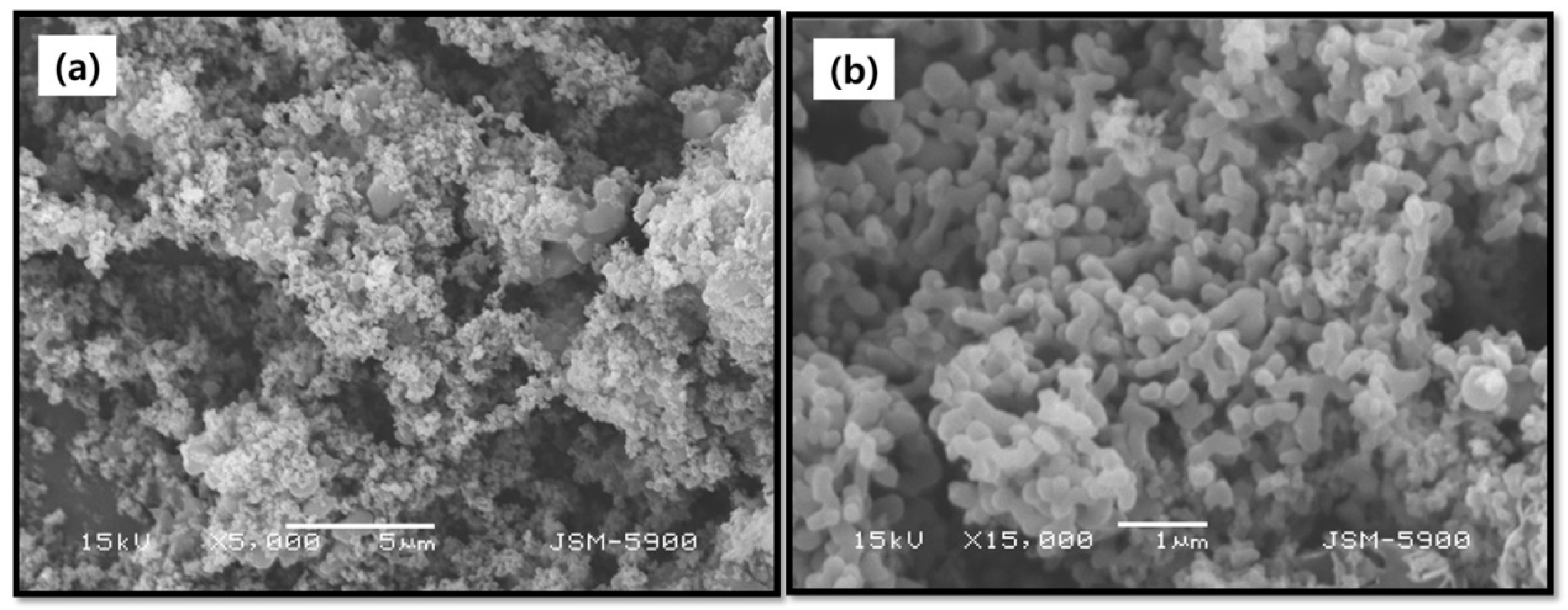

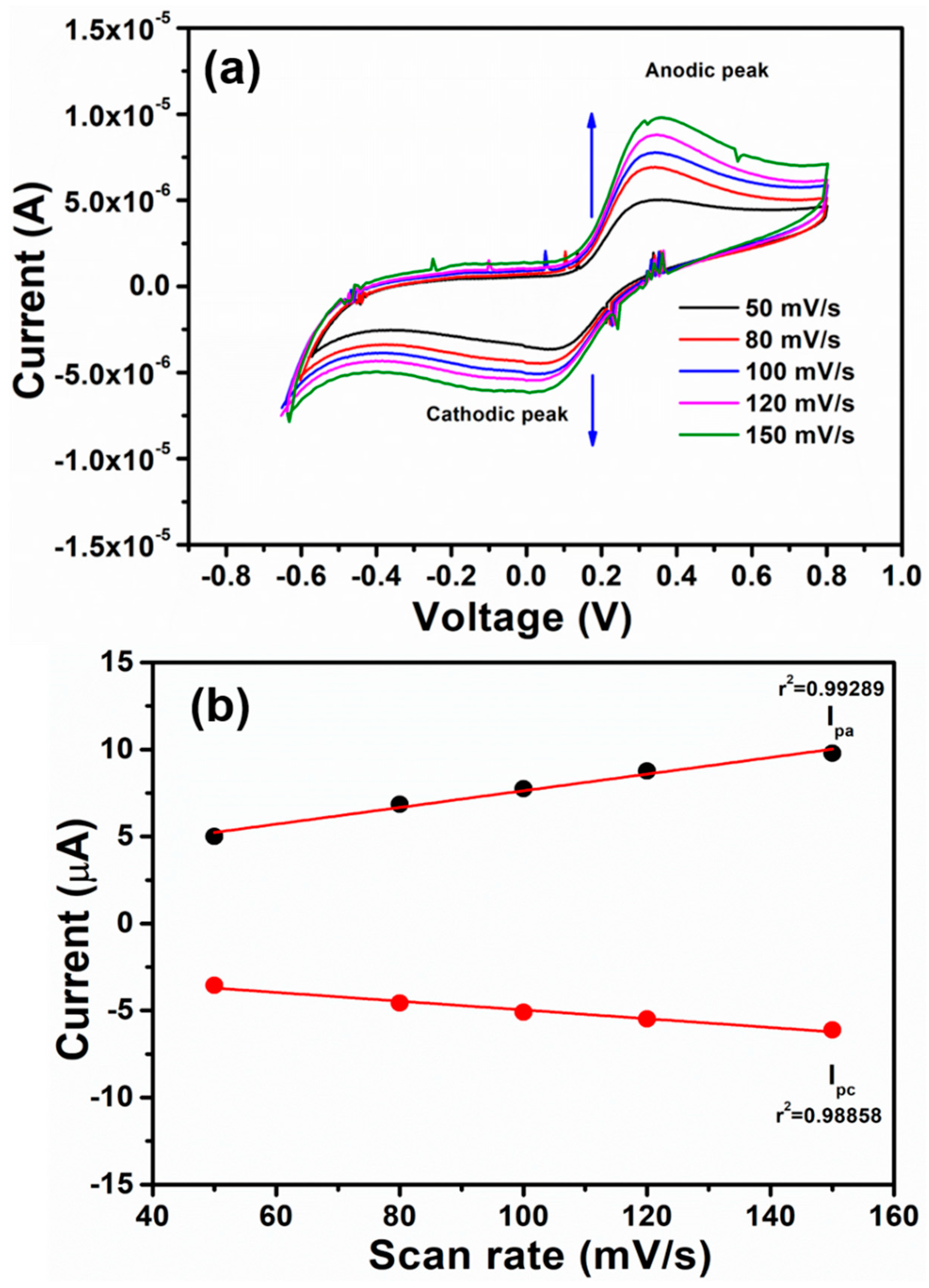
| Compounds | υ(N-H) | υ(C-H) | υ(C=O) | υ(C=N) | υ(C=S) | υ(C-O) | υ(C=C) |
|---|---|---|---|---|---|---|---|
| Ligand(L1) | 3459 | 2865–2964 | 1640 | 1569 | 1328 | 1170 | 1275 |
| [Cu(L1)2(L2)] | 3249 | 2850–2982 | 1638 | 1556 | 1319 | 1172 | 1266 |
© 2019 by the authors. Licensee MDPI, Basel, Switzerland. This article is an open access article distributed under the terms and conditions of the Creative Commons Attribution (CC BY) license (http://creativecommons.org/licenses/by/4.0/).
Share and Cite
Nazim, M.; Abdullah; Ameen, S.; Akhtar, M.S.; Shin, H.-S. Electrochemical Detection of Chloride Ions by Copper (II) Complex with Mixed Ligand of Oxindole Derivative and Dithiocarbamates Moiety. Appl. Sci. 2019, 9, 1358. https://doi.org/10.3390/app9071358
Nazim M, Abdullah, Ameen S, Akhtar MS, Shin H-S. Electrochemical Detection of Chloride Ions by Copper (II) Complex with Mixed Ligand of Oxindole Derivative and Dithiocarbamates Moiety. Applied Sciences. 2019; 9(7):1358. https://doi.org/10.3390/app9071358
Chicago/Turabian StyleNazim, M., Abdullah, Sadia Ameen, M. Shaheer Akhtar, and Hyung-Shik Shin. 2019. "Electrochemical Detection of Chloride Ions by Copper (II) Complex with Mixed Ligand of Oxindole Derivative and Dithiocarbamates Moiety" Applied Sciences 9, no. 7: 1358. https://doi.org/10.3390/app9071358
APA StyleNazim, M., Abdullah, Ameen, S., Akhtar, M. S., & Shin, H.-S. (2019). Electrochemical Detection of Chloride Ions by Copper (II) Complex with Mixed Ligand of Oxindole Derivative and Dithiocarbamates Moiety. Applied Sciences, 9(7), 1358. https://doi.org/10.3390/app9071358








